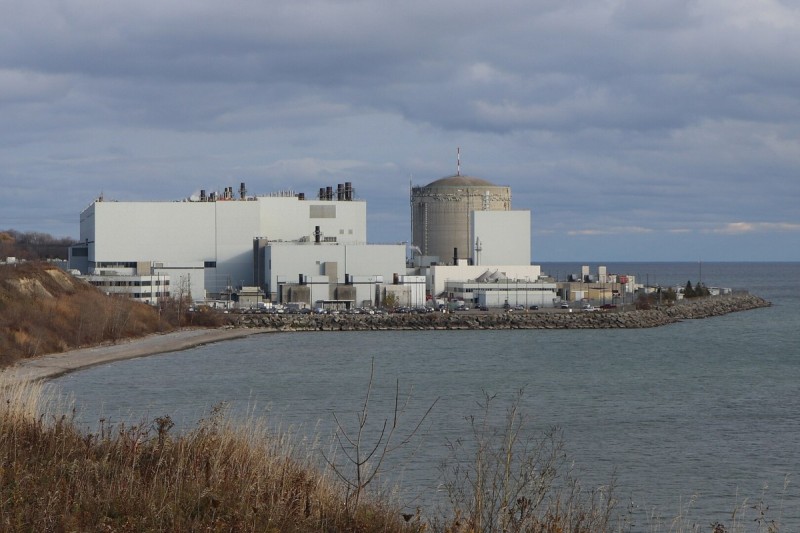The Advisory Council on Economic Growth chaired by Domenic Barton has proposed to federal Finance Minister Bill Morneau the creation of an independent Canadian Infrastructure Development Bank (CIDB) to help finance $200 billion of public infrastructure projects over the next decade. There is an argument for improved financing tools, but no case for such a lever for massive and costly privatization.
The report of the Council reiterates the consensus view that investment in public infrastructure such as roads, mass transit, railways, ports, water and waste water treatment, clean energy and power grids has been too low, and that a major increase could drive immediate job creation while also boosting longer term economic growth.
Addressing the large public infrastructure deficit could significantly boost business sector productivity by lowering transportation, utility and other costs, and would also help us meet environmental goals such as reduced carbon emissions, and social goals such as more liveable and less congested cities.
Public infrastructure is mainly owned by governments at the local and provincial level. One key problem is that cities lack the tax base to invest at needed levels, which has led the federal government to play an increasingly important role, with promises of more to come.
The CIDB proposed by the Advisory Council would lever up a federal contribution of $40 billion by attracting $160 billion in private capital from large institutional investors such as pension funds. The bank would support, through loans or subordinated equity, major infrastructure projects ($100 million plus) deemed to be of national significance on the basis of an economic growth agenda.
Where the Council goes off the rails is in proposing that major new projects be proposed, financed and operated by the private sector, and this is twinned with a further proposal to raise more funds by privatizing existing federal public infrastructure such as airports. The CIDB would be a source of finance and expertise to support large private projects which would be partly financed by a revenue stream from which the bank would recoup its investment.
As the Federation of Canadian Municipalities has argued, the CIDB is not designed to fund their priority projects in such areas as mass transit , environmental infrastructure and affordable housing, and could squeeze federal government support for worthwhile non commercial projects.
The CIDB would put private capital in the drivers seat, and leave funding of socially useful projects to cash-strapped cities. A requirement for user fees would leave out many needed transit projects by public authorities which, like the TTC, already charge very high fares.
The CIDB is instead designed to promote private infrastructure re projects which can generate revenues and profits.
The Advisory Council notes that trillions of dollars of patient capital are available to fund such projects, and claims that “bridging the national infrastructure gap through public finances alone would place an unfair and unsustainable burden on taxpayers.”
The first major problem with this approach is that private financing would unnecessarily increase the cost of infrastructure investment. Currently, the federal government can borrow at very low cost, for well under 2% in the case of long term bonds, or close to zero adjusted for inflation. Such bonds are mainly sold to large institutional investors such as pension funds, and they understandably are seeking higher returns elsewhere.
Michael Sabia, president of the Caisse de depot and a key member of the Advisory Council said in a recent speech to the Toronto Board of Trade that “(f)or long-term investors, infrastructure offers something that’s not easy to find today: stable, predictable returns in the 7 to 9 per cent range with a low risk of capital loss — exactly what we need to meet our clients’ long-term needs.” That higher rate of return does, however, have a cost for the public.
It is not true that the federal government cannot afford to finance major projects — which create productive new public assets and a new revenue stream in the form of an expanded tax base. Many leading economists such as Larry Summers and IMF staff argue that, given very low interest rates, well-selected new projects can pay for themselves by boosting business productivity and the size of the economy, and thus the tax base.
Going one step further, private financing of productive new projects will actually reduce productivity gains by increasing costs compared to public projects. For example, a new tolled bridge or highway lowers business transportation costs less than a public bridge or highway.
The Advisory Council argue and assume that an arms length investment bank seeking returns will be better than governments at selecting productive projects and completing them at low cost. But history is replete with examples of botched public-private projects which left governments on the hook for high costs and for losses, and public agencies do have the capacity to make good decisions.
There is a case for new financing mechanisms for infrastructure, such as a federal agency or bank to guarantee city and provincial borrowing for new projects which serve national economic, environmental and social needs. This would lower interest costs and also improve the quality of cost-benefit analysis of major new projects.
But massive privatization of public infrastructure would be a major step in wrong direction and should be rejected by Minister Morneau.





